Nao (Ritual Bell)
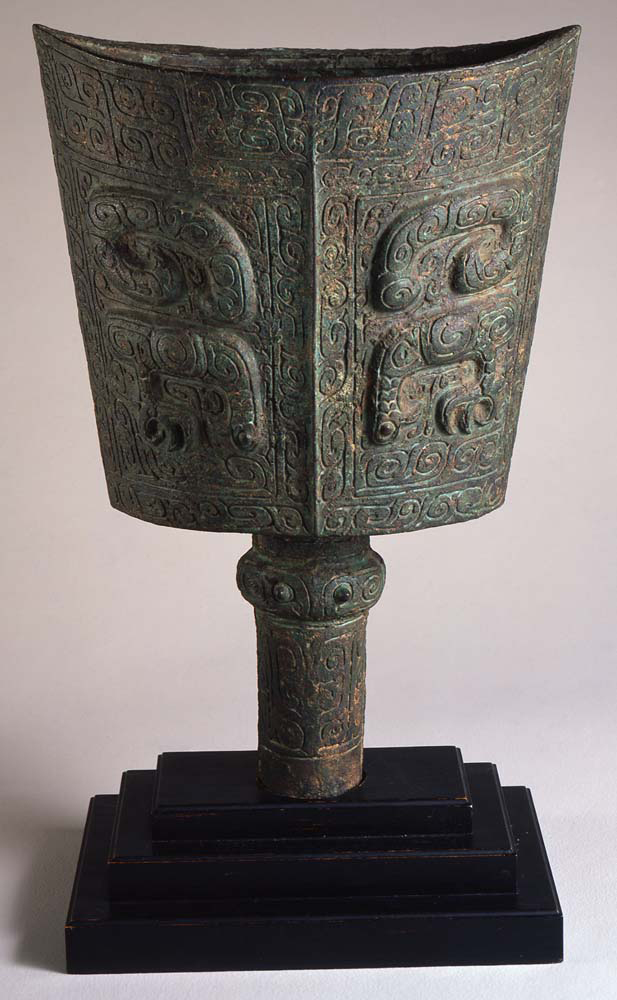
China, Hunan province; or China, Jiangxi province, Nao (Ritual Bell), 12th century/10th century BCE, bronze, Museum Purchase: Helen Thurston Ayer Fund, Caroline Ladd Pratt Fund, and Museum auction funds, public domain, 54.29
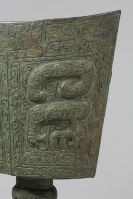
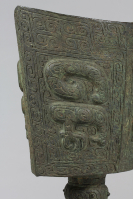
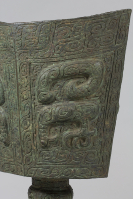
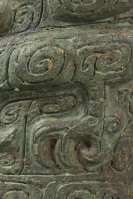
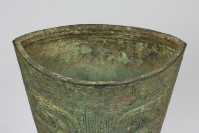
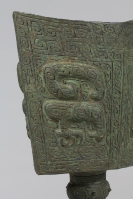
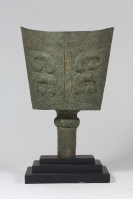
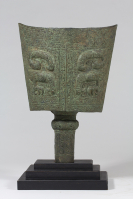
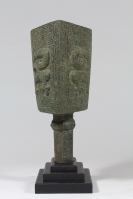
This work is not currently on view.
- Title
Nao (Ritual Bell)
- Related Titles
original language: 青銅鐃
transliterated; translated: Nao (ritual bell)
- Artist
- Date
12th century/10th century BCE
- Period
China: Shang Dynasty (ca. 1600-1100 BCE)
China: Zhou Dynasty (ca. 1100-256 BCE)
- Medium
bronze
- Dimensions (H x W x D)
19 3/4 in x 13 5/8 in x 8 1/4 in
- Collection Area
Asian Art
- Category
Ceremonial and Ritual Objects
Metalwork
- Object Type
bell
- Culture
Chinese
- Credit Line
Museum Purchase: Helen Thurston Ayer Fund, Caroline Ladd Pratt Fund, and Museum auction funds
- Accession Number
54.29
- Copyright
public domain
- Terms
- Place Made
Created in: Hunan province
Created in: Henan Province
The nao of Bronze Age China is a type of bell that would have been fixed in upright position and struck with a mallet. This particular example, with its vaguely animal-masklike relief design, departs significantly from the classical decor found on Shang dynasty ritual bronzes of northern China. (See the hu wine vessel in an adjacent case.) This nao is quite similar to others excavated in Hunan Province in southern China—a region that had formerly been under Shang control but was politically and culturally independent by the late 12th century BCE.
- Exhibitions
2012 Cornerstones of a Great Civilization: Masterworks of Ancient Chinese Art Portland Art Museum









